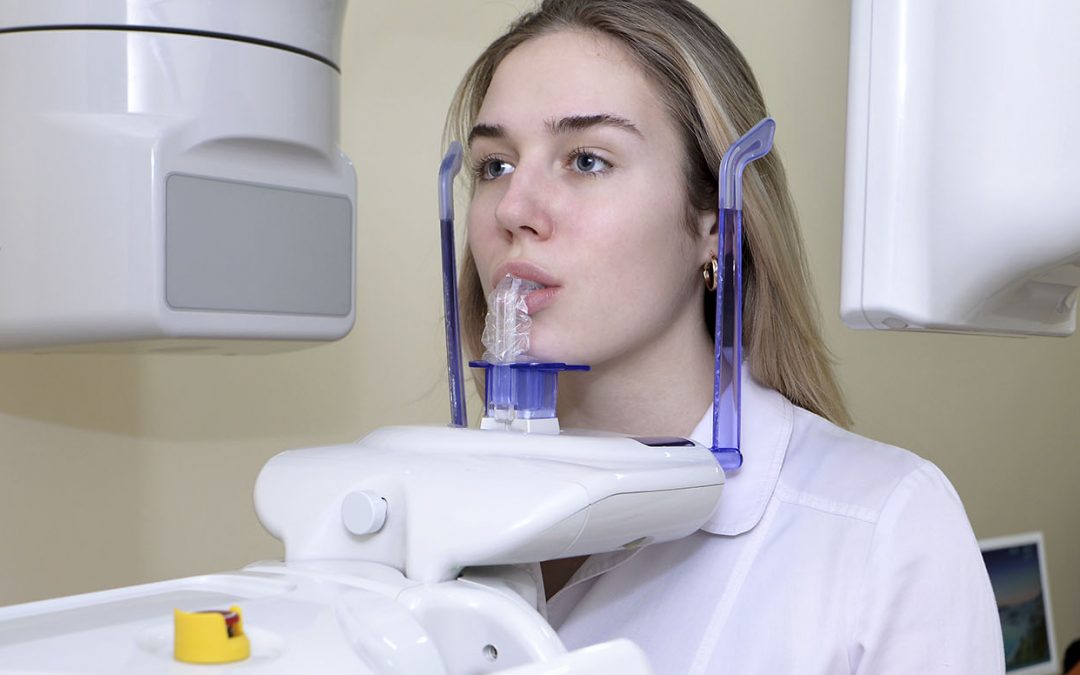ISO 22674 Dental Metallic Materials Mechanical Strength Testing
The ISO 22674 standard is a crucial document in the medical device testing sector, specifically tailored for dental metallic materials. This standard provides specifications and guidelines to ensure that dental devices made from metallic materials meet the required mechanical strength properties. The primary purpose of this test is to evaluate the fatigue resistance, tensile strength, and other critical mechanical parameters which are essential for the safety and efficacy of dental implants and restorations.
The testing process outlined in ISO 22674 involves subjecting metallic samples to various mechanical loads to determine their durability under realistic conditions. Compliance with this standard is mandatory for manufacturers aiming to secure regulatory approvals from bodies such as the U.S. Food and Drug Administration (FDA) or the European Union's Notified Bodies.
The test methodology described in ISO 22674 can be applied to a wide range of dental metallic materials including gold, platinum, titanium alloys, and other precious metals used in dental crowns, bridges, and orthodontic devices. The standard ensures that these materials are capable of withstanding the mechanical stress encountered during use without failing.
The testing procedure typically involves the following steps:
- Sample preparation: Ensuring the metallic samples are cut to specified dimensions as per ISO 22674 requirements.
- Loading configuration: Applying a defined load pattern that simulates real-world conditions faced by dental devices in the oral cavity.
- Data collection: Recording strain, stress, and fatigue cycles during testing.
The results of this test are critical for manufacturers as they directly impact patient safety. If materials do not meet the mechanical strength requirements set forth by ISO 22674, there is a higher risk of device failure leading to complications such as fractures or dislodging. This can result in increased healthcare costs and potential harm to patients.
Our laboratory employs state-of-the-art equipment and experienced technicians to conduct these tests with precision and accuracy. We use high-precision testing machines that comply with ISO 22674 specifications, ensuring reliable data for your product development or quality assurance processes.
| Test Parameter | Description | Acceptance Criteria (ISO 22674) |
|---|---|---|
| Tensile Strength | The maximum stress a material can withstand before breaking. | ≥100 MPa for gold-based alloys, ≥350 MPa for titanium alloys |
| Fatigue Resistance | The number of cycles a material can endure without failure under cyclic loading. | >106 cycles at 2% strain for gold-based alloys, >5×6 cycles at 3% strain for titanium alloys |
| Hardness (Rockwell) | A measure of a material's hardness. | ≥100 HRB for gold-based alloys, ≥250 HRA for titanium alloys |
The precision and reliability of our testing results are guaranteed by our adherence to international standards. This ensures that you receive accurate data which can be used effectively in your product development or quality assurance processes.
Why It Matters
Compliance with ISO 22674 is not just a requirement but also an essential step towards ensuring the safety and efficacy of dental metallic materials. Non-compliance can lead to several adverse outcomes including:
- Patient dissatisfaction due to product failures.
- Increased healthcare costs associated with corrective procedures or replacements.
- Risk of patient injury if devices fail under mechanical stress.
The standard plays a pivotal role in maintaining the integrity and performance of dental metallic materials, thereby enhancing trust between manufacturers and regulatory bodies. It also contributes to the overall improvement of dental healthcare by ensuring that only high-quality materials are used in medical devices.
By adhering to this standard, manufacturers can demonstrate their commitment to quality and patient safety, which is crucial for maintaining a positive reputation and gaining market acceptance.
Scope and Methodology
The scope of ISO 22674 encompasses the mechanical testing methods applicable to metallic materials used in dental applications. The standard covers various aspects such as sample preparation, loading configurations, test procedures, and data analysis techniques.
In terms of methodology, the test typically involves subjecting samples to cyclic fatigue tests to determine their resistance to wear and tear under simulated use conditions. For tensile strength testing, specimens are pulled apart at a controlled rate until failure occurs. The load needed to cause this fracture is measured in megapascals (MPa), which provides an indication of the material's durability.
The acceptance criteria for each test parameter are strictly defined within ISO 22674 to ensure consistency and reliability across different laboratories worldwide. These criteria serve as benchmarks against which all results must be compared. Failure to meet these standards could indicate potential issues with the quality or composition of the metallic material being tested.
Use Cases and Application Examples
The use cases for ISO 22674 are primarily related to dental implants, crowns, bridges, and other restorative devices made from metallic materials. Here are some specific examples:
- Tensile testing of gold-based alloys used in dental crowns.
- Fatigue testing of titanium alloy implants to ensure long-term stability.
- Hardness testing of cobalt-chromium alloy bridges for resistance against wear and tear.
In addition to these direct applications, ISO 22674 also supports broader initiatives aimed at improving the quality control measures within the dental industry. By ensuring that all materials used meet stringent mechanical strength requirements, manufacturers can enhance patient outcomes while reducing risks associated with material failures.
| Use Case | Description |
|---|---|
| Dental Implants | Fatigue testing to ensure long-term stability and reliability. |
| Dental Crowns | Tensile strength testing to ensure adequate resistance against stress. |
| Dental Bridges | Hardness testing for wear resistance over time. |





